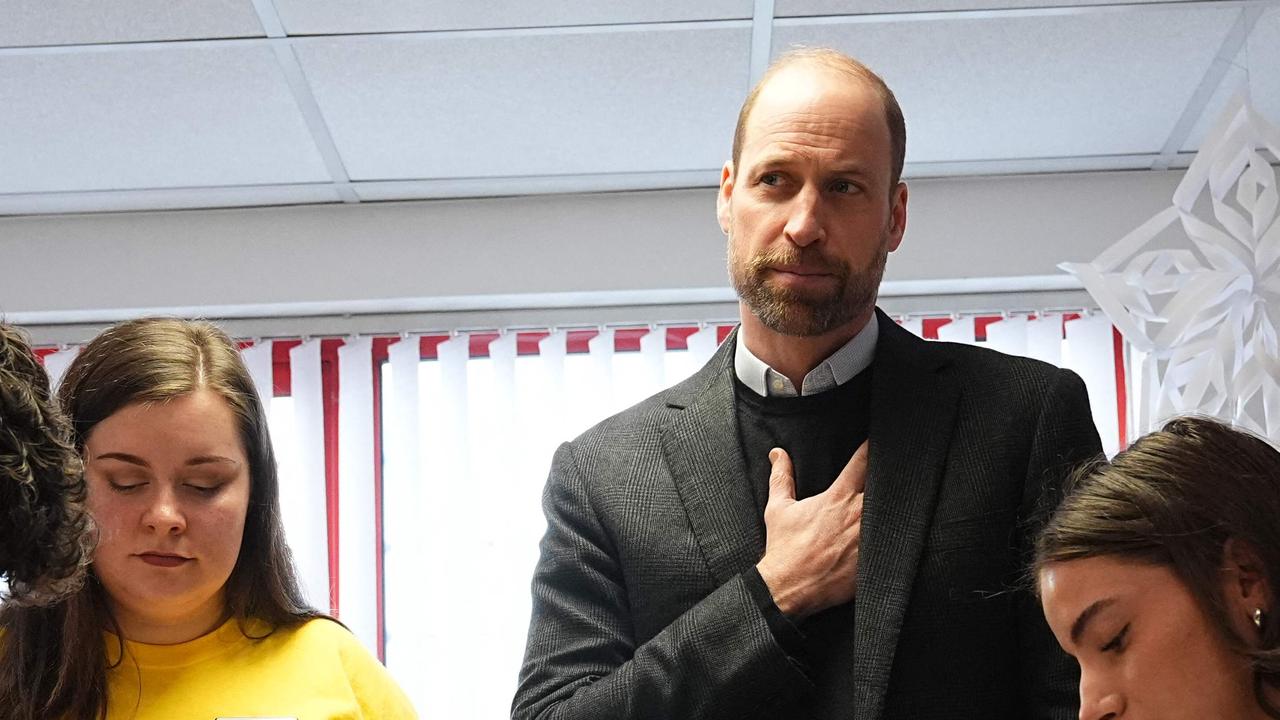Queen Elizabeth’s funeral: London becomes a fortress amid huge security operation
The “funeral of the century” is being protected by an extraordinary show of force. Read all the details.
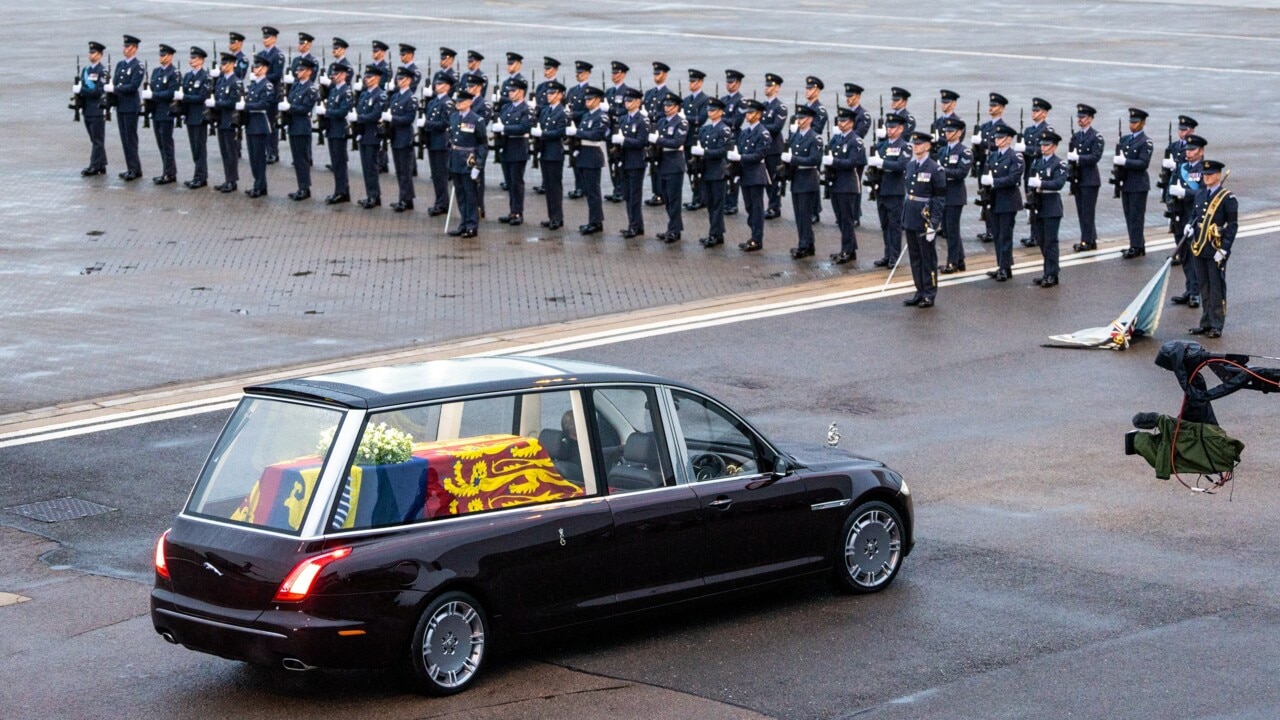
Royals
Don't miss out on the headlines from Royals. Followed categories will be added to My News.
The world’s biggest peacetime security operation is underway in central London to protect the “funeral of the century”.
Authorities have deployed 10,000 police and 1500 soldiers on the streets each day in the lead up to the Queen’s farewell on Monday.
The same force was preparing for a crowd of a million people to flood into the streets around Westminster Abbey for the Queen’s last goodbye, heightening fears it would be an easy target for lone-wolf terrorists.
World leaders, including United States president Joe Biden and Australian Prime Minister Anthony Albanese, will be in London for the funeral.
European royals, including Denmark’s Australian-born Princess Mary, and Japan’s Emperor Naruhito and Empress Masako, will also attend, increasing the threat.
Scotland Yard has rolled out the most sophisticated security operation in its history, which has been in planning for at least six years.
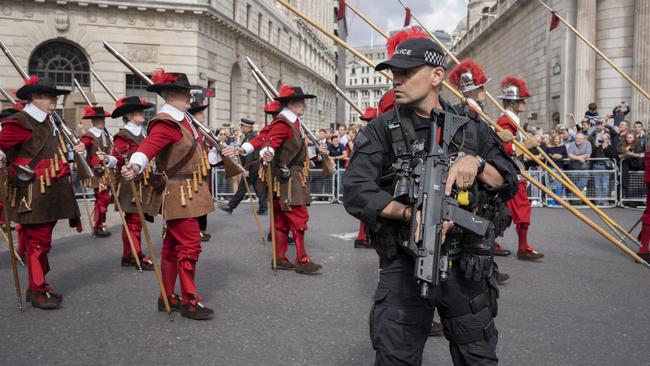
Snipers have been on roofs of London buildings for days, every single manhole in the British capital will be checked and sealed and every lamp post will be inspected for explosives ahead of the service.
Bomb-proof bins have been put in place, while MI5, the globally-respected British spy agency, has gone into overdrive.
Britain’s secretive Fixated Threat Assessment Centre (FTAC), which includes police, government security officials and mental health experts, has also been in contact with vulnerable people who may be stalkers or threats.
Crowd crush remains another major issue.
A complex series of 6m high gates have been put in place to separate crowds, while more than 20,000 metal barriers have been placed on the streets near Buckingham Palace, Trafalgar Square and Westminster.
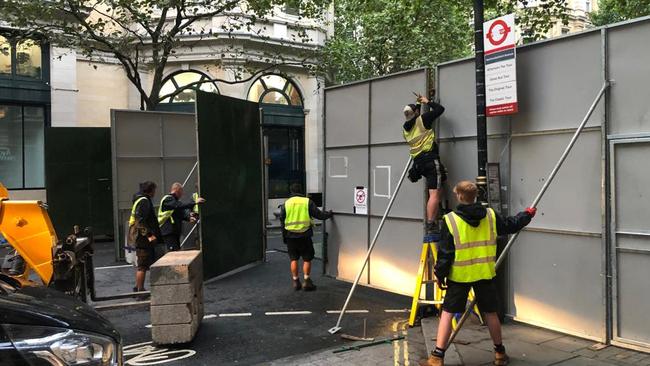
The security operation was a baptism of fire for Scotland Yard Commissioner Sir Mark Rowley, who is in his first week in the top job.
However, he came into the role with an impeccable resume for the task – he was previously head of the UK’s counter-terrorism force.
Sir Rowley said the operation, which combined elements of the security plans for Princess Diana and the Queen Mother’s funerals, was “a massive challenge to the Metropolitan Police and to me personally”.
“We have been preparing for this for many, many years,” he said this week as he swore allegiance to King Charles III.
“There are some very diligent and determined people who put a lot of effort into this.
“I have a lot of trust and confidence in the fantastic police officers who are going to support this event.”
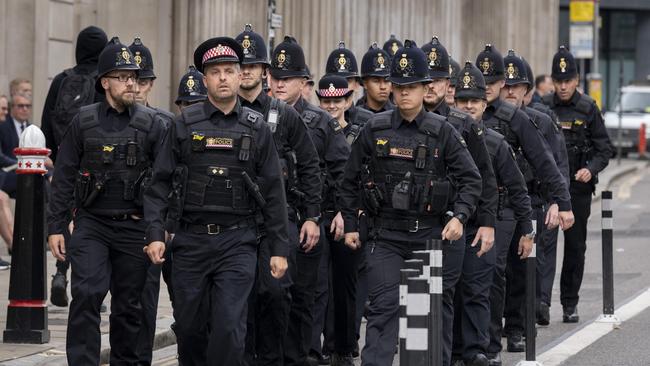
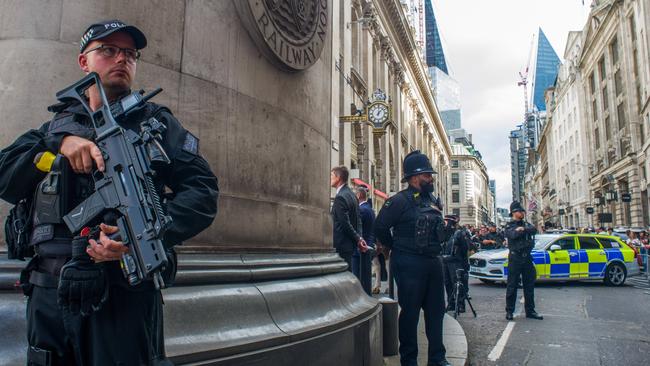
Sir Rowley, 57, has been drafted back to the Met Police, the official name for Scotland Yard, after retiring four years ago.
He replaced former Commissioner Cressida Dick, who quit after a series of scandals including the murder of 33-year-old marketing executive Sarah Everard by a serving police officer in March last year.
The horrific crime prompted Catherine, now Princess of Wales, to visit a memorial site in Clapham, south London, in the days after her death.
The royal looked like just another mourner as she inspected tributes without a noticeable security detail.
The heavy security presence was seen everywhere when walking on the streets of London this week.
Police and soldiers were on almost every street corner in the lead up to the funeral, with more to be deployed on Monday.
Officers on the ground said they were travelling in from as far as Southampton, two hours south of London, for their 12-hour shifts.
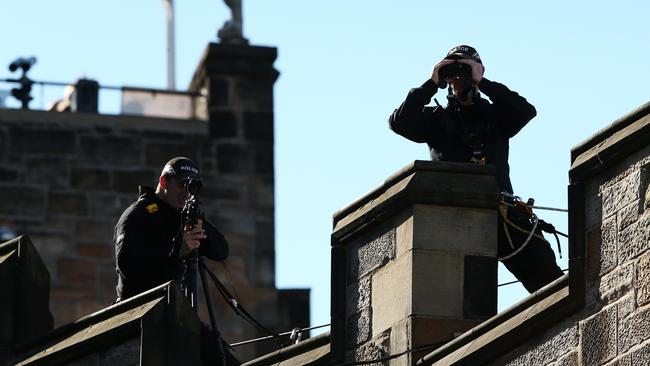
Police were booking dozens of hours of overtime, with the total cost of security predicted to dwarf the $9 million spent on the Queen Mother’s funeral in 2002.
The procession for the return of the Queen’s coffin on Wednesday was the first real test of the security systems.
Almost 700,000 entries and exits were recorded at train stations near Buckingham Palace, including Charing Cross, Green Park, Hyde Park Corner, London Bridge, Piccadilly Circus, St James’s Park, Victoria and Westminster.
Hundreds of security guards were also backing up police and the soldiers, with dozens meeting near Westminster Bridge as dawn rose over the city on Thursday.
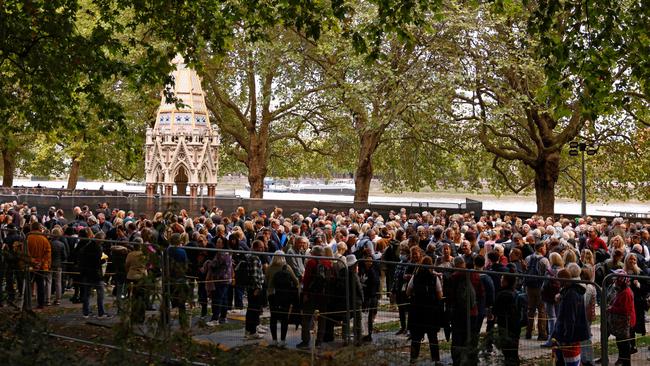
The six-kilometre long line of up to 400,000 mourners waiting up to 30 hours to pay their respects to the Queen while her coffin lies in state in Westminster Hall has been the biggest security headache.
Police have been patrolling the line, but because of its length and the way it snakes along the Thames River and over bridges, it was impossible to make it 100 per cent safe.
The public has been asked to remain alert in London, which has been subjected to terror attacks, including the bombing of the Tube in 2005, and more recent attacks on London Bridge.
There were attacks on the late Queen, including in 1981 when she was shot at by 17-year-old Marcus Sarjeant, during Trooping the Colour.
The Queen, who was riding in the parade, managed to keep her horse under control and continue on., with the bullets later found to be blanks.
PREPARE FOR A LONG WAIT
Going to London to visit the Queen? Be patient. It may take some time.
The gentle art of waiting is celebrated in Britain.
Off to Wimbledon? You can join The Queue, the annual ritual which features hopefuls pitching tents overnight (gazebos not allowed) to snare a ticket for the next day’s play.
Heading to Buckingham Palace this week? Just join the line that snakes in, around and back on itself.
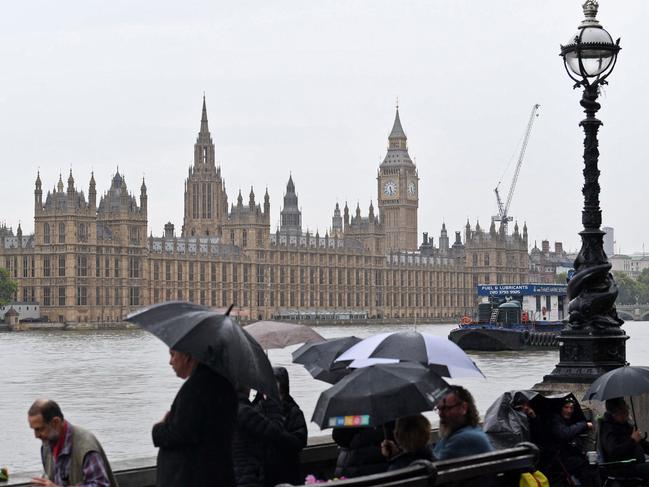
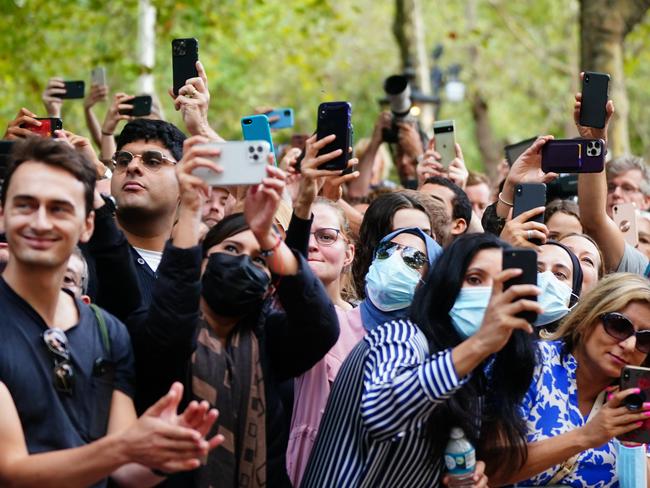
The length of the palace queue, hundreds of slow metres, is one measure; another is the signature lack of hurry from Londoners long versed in a national past-time.
Wednesday London time heralds a new watermark in the waiting game. The Queen will be lying in state at Westminster Hall. Passing by to pay your respects might just be the hottest ticket in town. But endurance will be key.
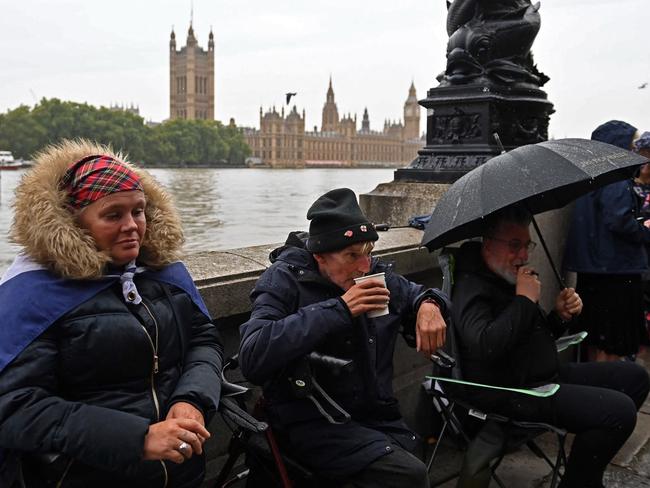
Knowing someone on the door won’t help; the Brits don’t tolerate queuejumpers.
Simply join the back of the line, which may snake eight kilometres, and wait around, perhaps for 24 hours, while a few hundred thousand people go ahead of you.
Prepare like it’s a camping expedition, just without deckchairs or a sleeping bag.
For the rules are long and involved. For example, you may go to the bathroom, if you must, or dare find something to eat. Afterwards, you can re-enter the queue, but you may have forfeited your placing – and time – to others within your colour-coded section.
The appeal of queuing for the Queen, which will run non-stop until Monday morning, may get lost in translation.]
In Britain, the common view dictates that one day’s sacrifice hardly compares to 70 years of the Queen’s service.
More than 320,000 farewelled Winston Churchill in 1965. In 2002, more than 200,000 people waited for many hours to pass by the Queen Mum.
The first person poised to pay respects to the Queen in London is said to be a lady called Vanessa Nanthakumaran, who arrived 32 hours before the 5pm Wednesday opening.
Evidently, she “really wanted to be part of it”.
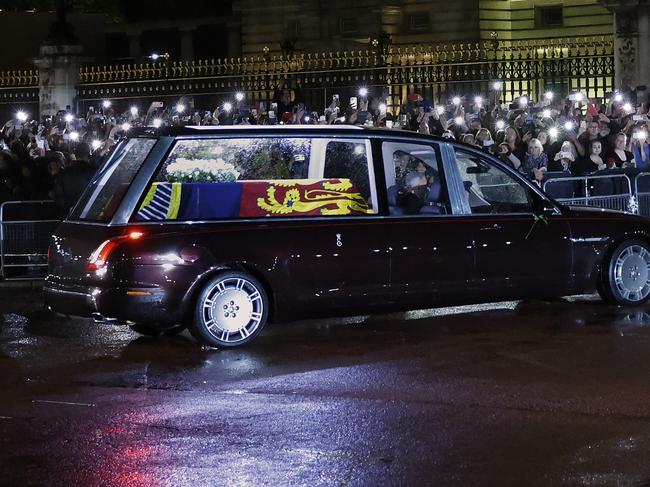
Let’s hope Ms Nanthakumaran did not pack any forbidden items, which are spelled out in the dozens, and include teddy bears, flowers or a flag.
Imagine being sent to the end of a line which is expected to eventually number more than 750,000 people – or about the populations of Seattle, Frankfurt or San Francisco.
Originally published as Queen Elizabeth’s funeral: London becomes a fortress amid huge security operation
Read related topics:Queen Elizabeth


